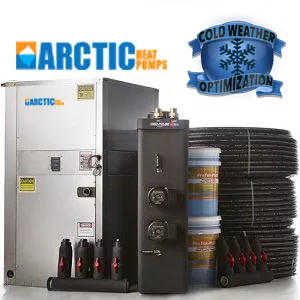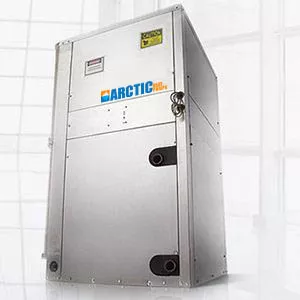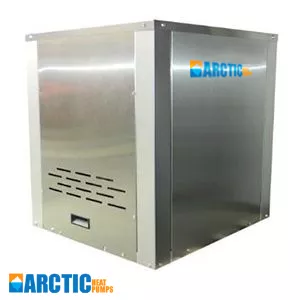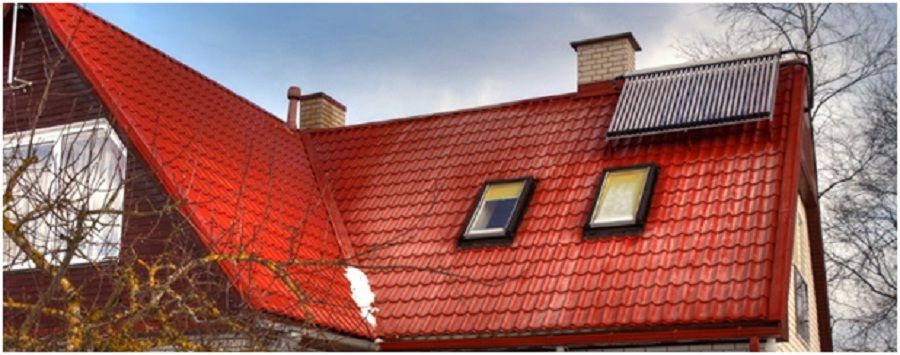Currently most homeowners and business owners across the US are focusing on minimizing energy emissions and carbon footprints. That’s why they are investing in geothermal systems for their water heating benefits. Incorporating new technologies and advancements, geothermal heating systems are considered as the viable alternative to conventional systems.
Geothermal systems are also called as Ground Source Heat Pumps (GSHP). They provide sufficient heating and cooling to homes and businesses by exchanging heat with the ground. The ground temperature remains relatively constant around the year that ranges from 45o to 75o F.

Depending on the season, the ground can act like a heat source. When you implement geothermal heating systems, you will save 20% to 60% in utility bills. Even though, the cost of installation can be bit higher; but relatively short payback period of 6-7 years will definitely make for the upfront investment. After this time period, it’ll be a low maintenance, energy efficient system for your home.
Why Do You Invest in Geothermal Systems?
Perfect to Use in Any Climate –
Geothermal heat pumps can work well in any climate – whether it’s hot or cold outside. It’s because of the earth’s constant underground temperature – from 45° to 75° F depending on the location. There are so many GHP systems already heating and cooling homes and businesses from all around the world including all the U.S. states. But the greater numbers of GHP systems are used in cold climates and high population densities.

Open and Closed Loop Systems –
There are so many options to consider when it comes to choosing a geothermal heat pump system including closed loop or open loop designs. The pipes are generally made of plastic tube and are buried horizontally or vertically.
The design of ground heat exchanger can be different depending on the climate and soil conditions, accessibility to ground water or surface water bodies and local site installation cost.
Durability –
You should think geothermal heating systems as long term investment. They’re perfectly engineered to last and have extremely long life. You can expect around 25 years of life for the indoor components like the heat pump and 50 years for ground loops.
Installation costs can be expensive; but these systems are up to 65% more efficient than their traditional counterparts. They will pay back over time in energy savings – generally within 10 years.

Less Carbon Emissions and Peak Electricity Demands –
Geothermal systems are more energy efficient than traditional ones and can reduce the load on the electric grid especially during peak demands during summer. In addition, they can help you minimize carbon emissions because of their higher energy efficiency.
Bottom Line –
Are you thinking to invest in geothermal systems? You should look no further than 123 Zero Energy. Our perfectly-engineered geothermal heating systems are designed to deliver optimal efficiency and performance in the long run. For more information about our products and their specifications, feel free to contact us as soon as possible.


